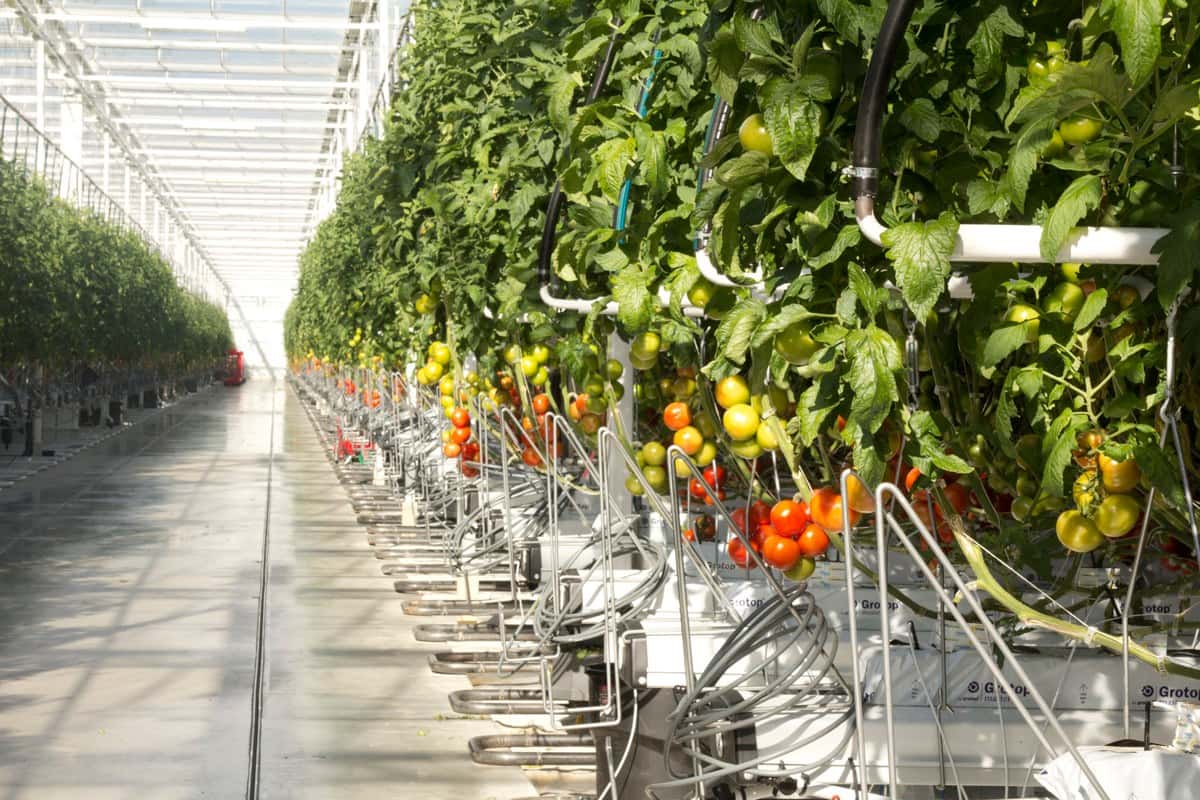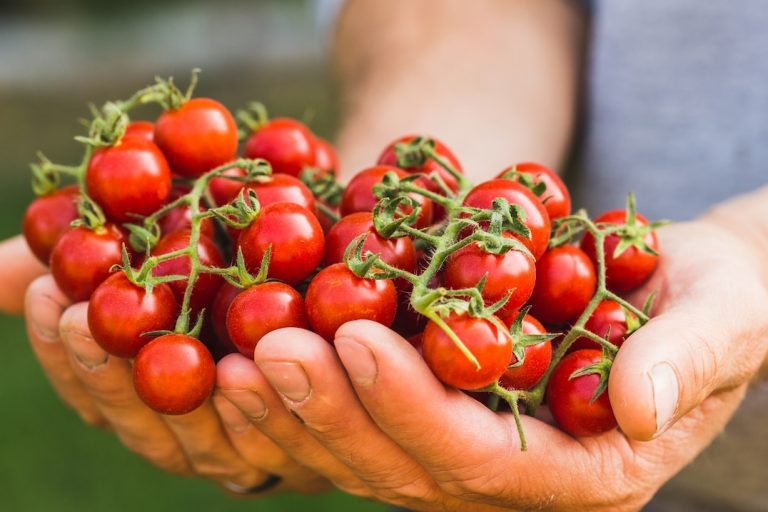The Greenhouse Goodness movement has redefined how people engage with food, prioritizing freshness, transparency, and sustainability in the growing and consumption process. Greenhouses grow your favorite veggies in sustainable, climate-controlled environments close home reducing the travelling distance and carbon footprint. These Greenhouse growing systems are quickly becoming a vital part of the modern food supply chain and your everyday meals, offering unmatched freshness, nutritional value, and accessibility.
Greenhouses operate under tightly regulated conditions that give growers precise control over variables such as light, humidity, temperature, and nutrient delivery. This means Greenhouse cucumbers, tomatoes and peppers are no longer bound by traditional growing seasons or the unpredictable weather that could damage the produce. Greenhouses grow close to home and package and ship Greenhouse grown veggies within 24, so you can shop fresh and flavorful produce at your grocery store. Greenhouses can grow tomatoes, cucumbers and peppers with consistent quality and flavor throughout the year due to their advanced growing systems such as 100% closed-loop drip irrigation, natural pollination and CO2 recapture and reintroduction. This close-to-home availability allows consumers to get fresh produce from the Greenhouse to their table. Greenhouse Goodness seeks to shorten the distance between where food is grown and where it’s consumed.
One of the most significant benefits of Greenhouse grown produce is its freshness. Because the time from being picked at their peak to the table is dramatically reduced, crops retain more of their natural flavor, texture, and nutrients. Greenhouse growing helps eliminate this issue, delivering food at its nutritional and sensory peak. So say hello to fresh salads, soups, sandwiches, burgers, pasta and more every season!
These efficiencies in timing and location also make Greenhouses highly attractive to chefs and restaurateurs, who can partner directly with growers to source specific varieties of tomatoes, cucumbers and peppers, and specialty vegetables. This direct relationship fosters creativity in the kitchen and allows chefs to craft menus based on what’s growing close to home and sustainably, rather than relying on mass-produced ingredients. The connection between growers and culinary professionals fuels the essence of enjoying fresh and flavorful veggies from the Greenhouse to the table.
Another dimension of Greenhouse Goodness is environmental sustainability. Greenhouses tend to use significantly less water, especially when hydroponic and 100% closed-loop drip irrigation systems are employed. These soilless systems recirculate water and nutrients, reducing waste and runoff. Combined with reduced transportation emissions from close-to-home growing, the carbon footprint of Greenhouse grown food is significantly lower than imported or industrially grown produce. Now that’s something to feel good about!
Greenhouse growing also enables food system resilience. Climate change drives more frequent droughts, floods, and extreme weather events. Greenhouse systems provide a buffer against these extremes, ensuring consistent, high-quality cucumbers, peppers and tomatoes even when outdoor conditions are poor. This reliability is particularly important for urban and suburban areas looking to strengthen food systems and reduce dependency on global supply chains, which are often vulnerable to disruptions.
For consumers, this means a more reliable source of fresh and full of flavor produce that’s not only delicious but also grown using sustainable growing methods.




